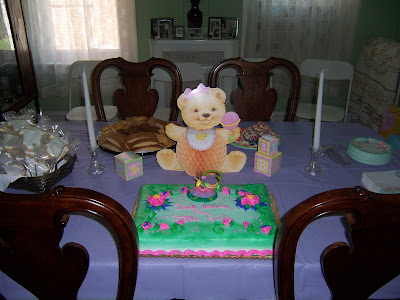Other spelling include; Vislosky, Weslawski, Wesowsky, Wesolowski, Wyszalkowski, Wyczechowski, Wyczolkowski.
In the case of our family history, it was found spelled Wisloski and later Weleski.
Name originated in Wadwicz, Lacki and area known as Pomerania. Depending on the year, it could be considered Germany or Poland or whatever, the borders changed so much that after several hours of researching, I could write an entire chapter of who ruled who back when. Anyway, this name dates back to families of nobility in the middle ages.
First people with this surname immigrated to the states of Pennsylvania and New York in the early and late 19th century.
Missing LinkWhile researching this branch of our family history, I became alittle baffled as to why our ancestors were listed as immigrating from Austria but spoke Polish and Russian. If you look at a present day map of Europe, these two countries do not share a border.
However, if you look at a later 19th century map of Europe, you will be surprised to see that the Austrian Empire did border the Kingdom of Poland after what was known as the Partitions of Poland which occurred in 1772 and again in 1795. The Austrian Empire annexed Poland by creating an area and calling it Galicia that connected Austria to Poland. In 1846, Galicia became a part of Austria.
In Austrian controlled Galicia, the population was 50% Polish Catholics. If you look closely at some of the Wisloski records, you will notice that some members were indeed listed as arriving from Galicia.
Borders changed again after World War I when Galicia became part of Poland.
After World War II, Galicia was divided between Poland and the Ukraine.
Here Is A Little More 19th Century European History;
In the 19th century there was a great power struggle between the two dominate German States of Prussia and Austria. However, Prussia was victorious and in 1866 what was known as the North German Confederation was founded and the following areas were under Prussia's control; Austria, Schleswig, Holstein, Alsace-Lorraine and Westphalia. Later the following areas were also controlled by Prussia; Thuringia, Saxony, Wurttenburg and Bavaria.
Though by the end of the 18th century, half of the Kingdom of Poland was under Prussian rule, the Kingdom of Poland consisted of Lithuania, Belarus and half of the Ukraine.
The Western and Central part of the Kingdom of Poland were of Polish Ethnic and Catholic backgrounds. The Northeastern section was a mixture of Catholic Poles and Lithuanians. This area is now known as the Republic of Lithuania. The Eastern part of the Kingdom of Poland was of Belarussian and Ukrainian backgrounds.
Also under the Prussian control were the provinces Pomerania, Silesia and East Prussia. These areas are now a part of Poland.
After World war I, Pomarania remained under Germany's control. Most of its inhabitants were German speaking and Protestants. But after World War II, it became a part of Poland and its German inhabitants either escaped from the country or were expelled and the Poles settled in the area.
Before Silesia fell under Prussia's rule in 1742, Silesia was a part of Austria. The German language and culture stems back to the 13th century. In the 19th century, most of the population was Catholic. In the Western & Central locations, German was spoken. In the Eastern location, Polish was spoken. After World War II, most of Silesia became a part of Poland and a small section went to Saxony. Just as the Germans in Pomerania, the German inhabitants living in Silesia were expelled or escaped and the Poles settled the area.
East Prussia was a population of German Lutherans. After World War II, East Prussia was divided between Poland and Russia. The German inhabitants escaped or were expelled and the Poles and Russians settled the area.
This is just a small taste of the history of the areas' constantly changing borders. Between the variations in the language, maps and name changes, my head is on a free fall spin. Maps will follow at a later date, that is when I can see straight enough again to post them.


















































